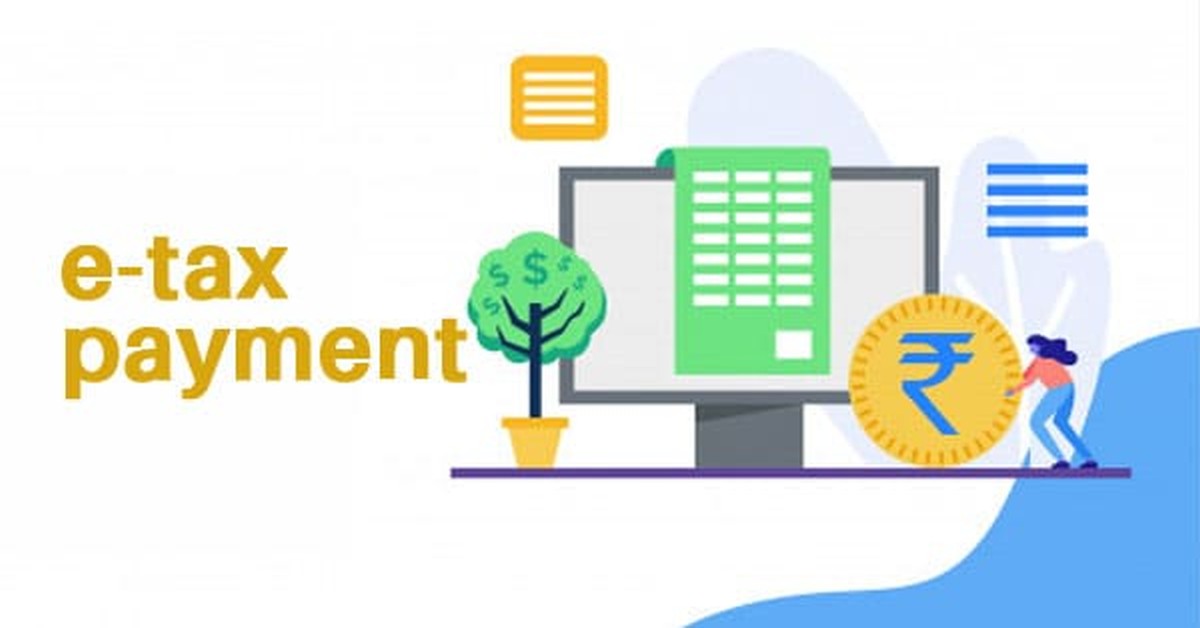Tax Deducted at Source (TDS) and Tax Collected at Source (TCS) are essential tax collection mechanisms introduced by the Indian government to ensure the smooth and efficient collection of taxes. TDS and TCS are deducted at the source of income and play a crucial role in the country’s revenue generation.
Let’s delve into the key differences between TDS challan payment and TCS challan payment, as well as explore their usage and significance.
Understanding TDS Challan Payment
Tax Deducted at Source (TDS) is a tax collection mechanism that requires a specified percentage of tax to be deducted when making payments, such as salaries, professional fees, rent, commission, etc.
The person responsible for making the payment (deductor) deducts the TDS amount and remits it to the government on behalf of the recipient (deductee). TDS is governed by the Income Tax Act 1961 and applies to various payments exceeding a certain threshold.
Key Features of TDS Challan Payment
Here are the key features of TDS challan payment:
· Deduction Percentage: The rate of TDS varies based on the nature of the payment and the provisions of the Income Tax Act. It is usually a fixed percentage of the payment amount.
· TDS Challan: The deductor must use challan ITNS 281 to deposit TDS with the government. This challan contains details such as the deductor’s PAN, TAN (Tax Deduction and Collection Account Number), assessment year, type of payment, amount of TDS deducted, etc.
· Quarterly Filings: The deductor must file quarterly TDS returns, summarising TDS deducted and deposited during the quarter. These returns are filed online on the government’s e-filing portal.
· TDS Certificate: The deductor issues a TDS certificate (Form 16/16A) to the deductee, which reflects the TDS deducted and deposited on their behalf. This certificate is used by the deductee while filing their income tax return.
Understanding TCS Challan Payment
Tax Collected at Source (TCS) is a mechanism that mandates the collection of tax at the source from the buyer on certain specified transactions. The seller (collector) collects the TCS amount from the buyer and deposits it to the government.
TCS applies to transactions like the sale of certain goods, purchase of scrap, sale of minerals, etc. It is governed by Section 206C of the Income Tax Act.
Key Features of TCS Challan Payment
Here are the key features of TCS challan payment:
· Collection Percentage: The rate of TCS depends on the nature of the transaction and is usually a percentage of the transaction value.
· TCS Challan: The collector uses challan ITNS 283 to deposit the TCS amount with the government. This challan contains relevant details like PAN, TAN, amount of TCS collected, etc.
· Quarterly Filings: Similar to TDS, the collector must file quarterly TCS returns, providing details of TCS collected and deposited during the quarter. These returns are filed online on the government’s portal.
· TCS Certificate: The collector issues a TCS certificate (Form 27D) to the buyer, indicating the TCS amount collected and deposited. The buyer can claim credit for this TCS while filing their income tax return.
Key Differences between TDS and TCS Challan Payments:
The following are the top differences between TDS and TCS challan payments:
· Nature of Transaction: TDS is deducted from certain payments made to residents (individuals, companies, etc.), while TCS is collected from specified transactions made by buyers to sellers.
· Parties Involved: In TDS, the deductor deducts and deposits the tax on behalf of the deductee. In TCS, the collector collects and deposits the tax on behalf of the government.
· Applicability: TDS applies to various payments exceeding specific thresholds, as mentioned in the Income Tax Act. Conversely, TCS applies to specific transactions as Section 206C of the Income Tax Act specified.
· Mechanism: TDS operates as a deduction from payments, while TCS functions as a collection at the time of a transaction.
· Forms and Challans: The forms and challans used for TDS (Form 16/16A and challan ITNS 281) differ from those used for TCS (Form 27D and challan ITNS 283).
Usage and Significance of Both TDS & TCS
TDS and TCS play crucial roles in the overall tax collection process and have several benefits:
· Ensuring Tax Compliance: TDS and TCS mechanisms promote tax compliance as tax is collected or deducted at the source, leaving less room for tax evasion.
· Steady Revenue Stream: These mechanisms ensure a steady flow of revenue to the government throughout the year, as tax is collected/deducted regularly.
· Easing Taxpayer’s Burden: By deducting or collecting tax at the source, the burden of paying a lump sum when filing income tax returns is reduced for taxpayers.
· Transparency and Accountability: TDS and TCS systems ensure transparency and accountability in tax collection, as both the deductor/collector and the recipient have a record of the transactions.
Conclusion
TDS challan payment and TCS challan payment are essential tax collection mechanisms designed to streamline the tax collection process and ensure compliance with tax laws.
TDS is deducted from specified payments made to residents, while TCS is collected on specific transactions. The key differences lie in their nature, applicability, and the parties involved. These mechanisms contribute significantly to the government’s revenue generation and play a vital role in promoting tax transparency and accountability.
Understanding the distinctions between TDS and TCS is essential for businesses, individuals, and tax authorities to comply with tax regulations and ensure smooth tax administration.

